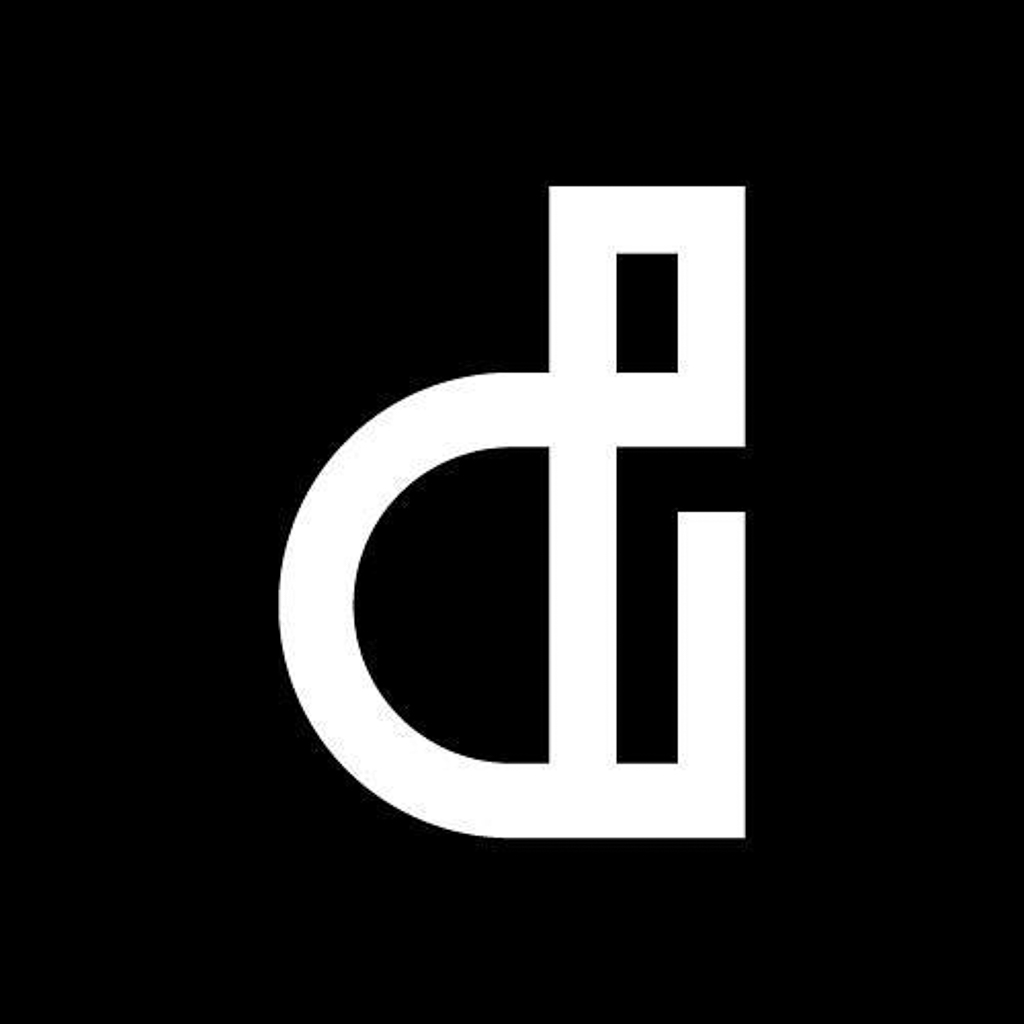Understanding Power & Privilege in Design
- Xedri

- Feb 1, 2022
- 2 min read
Updated: Mar 11, 2022
When going into any new project or team as a designer, many believe that they're (the designers) are the ones to solve the problem. When ultimately, the answer lies with those who are impacted most by the situation. Unfortunately, many designers go into many situations unaware of the power dynamics within the room, and how best to navigate it. Power dynamics set the tone for almost every human interaction, they influence your decision to speak up in a meeting full of "big shots". It even shapes everything from how countries treat each other, governments treat their citizens, to how clients and staff are treated. The power to influence change comes from understanding these dynamics and learning to navigate this sea of ego's and take responsibility for the part you play in it.

Recap
When it comes to social design, we often hear debates over terms, categories, and taxonomies: Should we call it design for social change? What about design for social innovation, or social impact design? Let’s step over this sematic discussion and look at our work, our roles, our way of working. Conventional design has principles for what good is, from luminaries like Dieter Rams, but when the design work serves non-profit organisations instead of business organisations, we need a new way to evaluating what good is. Form and function isn’t going to cut it when you’re working with issues like recidivism, systemic racism or the social determinants of health. Whether you’re a change-maker inside of a non-profit or a for-profit organization, designing change is hard to do, especially when change involves people and their behaviours. George Aye will share three principles necessary for designing social change and why the design discipline is fundamentally built to do the opposite. SPEAKER BIO: George co-founded Greater Good Studio to use design to heal, to be just, to be restorative, Previously, he spent seven years at global innovation firm IDEO before being hired as the first human-centered designer at the Chicago Transit Authority. Since founding Greater Good he guides clients and teams through complex projects that honor reality, creates ownership and builds power. He speaks frequently across the US and internationally. George holds the position of Full Professor (Adj) at The School of the Art Institute of Chicago, and visiting lecturer at Northwestern University.
https://www.linkedin.com/in/georgeaye/
https://greatergoodstudio.com/
AGENDA
18:00- Members arrive
18:05- Welcome & Introductions
18:10- George presentation (30min)
18:40- Q&A session
18:50 - 5min break
18:55- George introduces workshop
20:00- end
Archived videos are currently unavailable, but we'll keep you posted as soon as they're back up again.
Key Takeaways
Power is often lopsided - the people with the least power are often closest to the problem
What we celebrate shapes our culture (side note: maybe if we reevaluated the things we give attention to in our society, things would look alot different for eveyone)
The world takes for granted lived experience and focuses more on praising learned experience, and yet both are of value.
Good design honours reality
Good design creates ownership
Good design builds power
People adopt the change that they are part of making
Resources from George Aye:
Learn more about the Greater Good Studio





Comments